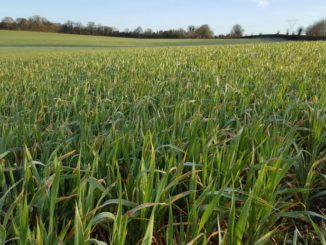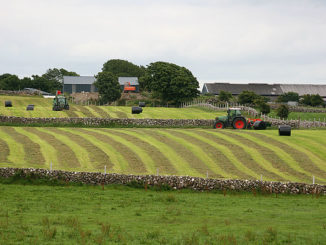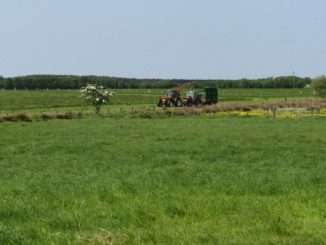
Can sustainable growth really allow biodiversity to thrive? In the second of a two-part series, Alison Brogan investigates the impact of Ireland’s ambitious agri-food strategy on protected grassland habitats.
Ireland’s ten-year strategy for the agri-food sector, Food Wise 2025, drafted by the Irish Department of Agriculture, Food and the Marine, sets bold objectives for sustainable growth.
Part 1 of this series examined how these ambitions for growth square with the state’s duty to protect the environment.
Part 2 seeks to provide clarity and evidence to support or reject the strategy’s claim that environmental protection is of equal importance to economic competitiveness in the case of the conservation of protected grassland habitats.
A key question is: since the inception of Food Wise 2025, has there been an improvement in the conservation status of protected grassland habitats?
Habitats Directive
The focus here is on Ireland’s success and failures with regard to some of its obligations under the Habitats Directive. This is a useful rubric through which to view Food Wise 2025’s role in biodiversity protection, as compliance with the Habitats Directive is identified as a Strategic Environmental Objective in the Strategic Environmental Assessment (SEA) for Food Wise 2025.
Additionally, the Habitats Directive is among the most important pieces of nature legislation in the EU and the progress reports which Member States are required to submit every six years under Article 17 provide clear updates on the status of protected habitats and species.
Under the Habitats Directive, Member States must designate Special Areas of Conservation (SACs), with conservation objectives and measures to maintain or restore a ‘Favourable’ conservation status of the species and habitats present.
As in the case of the ammonia reduction commitments under the National Emission reduction Commitments (NEC) Directive, along with CAP measures, EU and national legislation shapes the context in which Food Wise 2025 operates.
In relation to biodiversity, the European Communities (Birds and Natural Habitats) Regulations 2011 transposes into Irish law two cornerstones of EU nature law, the Birds Directive and the Habitats Directive. Special Protection Areas (SPAs) established under the Birds Directive and Special Areas of Conservation (SACs) established under the Habitats Directive make up the Natura 2000 network of important ecological sites.
The SEA notes that agricultural intensification, inappropriate grazing, nutrient pollution and changes in farming practices are identified as key threats to Natura 2000 sites.
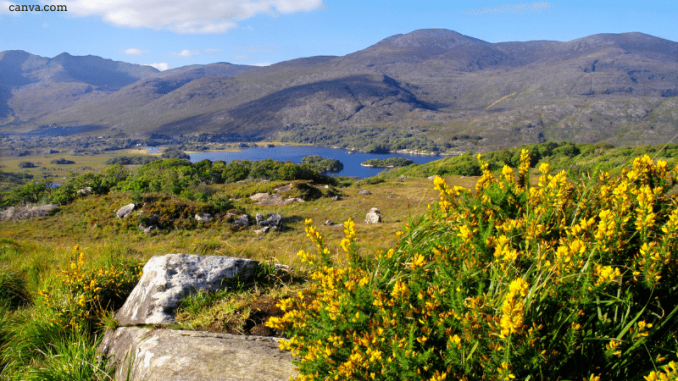
Endangered habitats
Ireland’s grasslands take pride of place in Food Wise 2025 with multiple claims regarding the sustainability of grass-based production systems. Yet the strategy and its accompanying documentation do not robustly address the protection of grassland habitats.
The SEA found that the priority prescribed in Food Wise 2025 of ‘Driving Farm Competitiveness’ through ‘grassland management and soil management’ in the dairy sector may – ‘where intensification involves higher volumes of manure to be managed and the increased use of fertilisers, herbicides and pesticides’ – have potential effects on habitats and species, and that increasing soil fertility is likely to involve use of fertilisers which can have negative effects for water quality, habitats, and species.
The mitigation measures set out in the SEA to address these likely effects include:
- Defining the efficient use of grass
- The inclusion of (soil) pH target
- Refining nutrient advice to account for location-specific risk of nutrient losses
- Good water status for all water bodies is a requirement of the Water Framework Directive, therefore, agricultural ‘projects’ under this Plan can only progress when it has been demonstrated that they will not result in a WFD target not being achieved.
Approximately 73% of Ireland’s land area is covered in grassland areas, but the vast majority of this is ‘improved agricultural grassland, with semi-natural grassland habitats contributing only a small percentage’.
Extensive farming practices that once facilitated the development of species-rich semi-natural grassland have now nearly completely ceased, endangering the existence of this habitat type in Ireland.
A study on lowland grasslands of the west of Ireland, found that intensive farmland has a correspondingly low diversity of grassland habitats, that more intensive farms with higher nutrient inputs are likely to have fields with low species richness and that the fields with lowest species richness were managed by dairy farmers.
Key issues relating to biodiversity loss and agricultural development in Ireland● 85% of Ireland’s EU listed habitats have an Unfavourable Status, with 46% experiencing ongoing declines. ● More than 70% of protected habitats are affected by pressures from agricultural practices, and in more than 50% of these habitats the pressure from agricultural practices is ranked as High Importance. ● On-going habitat losses of calcareous grassland are ‘mainly associated with agricultural intensification causing loss of species rich communities’. ● 31% of calcareous grassland monitored in Ireland is already lost. ● Lowland hay meadows are deteriorating and have an Overall Status of ‘Bad’ with 28% of the area monitored reported as lost. ● Among the drivers of lowland hay meadows’ deterioration are agricultural intensification and changes in agricultural practices. ● While there are opportunities within the Rural Development Programme for agri-environment schemes that benefit biodiversity, apart from in the Burren and Aran Islands, CAP ‘measures have to date not been successful in grassland restoration and need to be reviewed and refined’. ● Steps to Success 2019 reports that for 26% of sustainability actions targets are achieved and for 59% ‘substantial action is undertaken and ongoing’. ● The Steps to Success progress reports do not contain consistent information on the performance of environmental indicators throughout the Food Wise 2025 implementation period. |
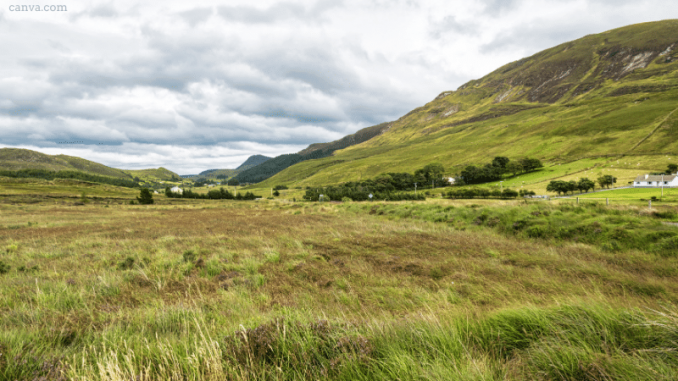
Lie of the grassland
Grassland habitats protected under the Habitats Directive including orchid-rich calcareous grasslands and lowland hay meadows have suffered ‘significant losses over the last 10-15 years’.
Protected calcareous grassland habitat – a species rich grassland community important for pollinators – was found to have an Overall ‘Bad’ status and to have declined since the 2013 report; 31% of the area of calcareous grassland monitored is reported as lost. The deteriorating trend is due to ‘on-going habitat losses mainly associated with agricultural intensification causing loss of species rich communities, or abandonment of farmland resulting in succession to scrub’.
Lowland hay meadows – which are usually managed as traditional hay meadows and typically home to, among other species meadow foxtail, bird’s-foot-trefoil, ribwort plantain – are also experiencing a deteriorating trend and have an Overall ‘Bad’ Status with 28% of the area monitored reported as lost. This is a result of ‘on-going area losses associated with agricultural intensification (fertiliser application), changes in agricultural practices, and because of significant historical losses in the habitat since the Habitats Directive came into force’.
Status of EU protected habitats and species in IrelandIreland’s third ‘Article 17 report’ on The Status of EU Protected Habitats and Species in Ireland found 85% of habitats to be in Unfavourable Status (46% Inadequate and 39% Bad) and 46% to be experiencing ongoing declines. The ongoing declines in Ireland’s peatland, grassland, woodland and marines are of particular concern. Pressures and threats facing the 59 habitats assessed most frequently stem from agricultural practices which include inappropriate grazing, abandonment, pollution, burning and drainage. More than 70% of protected habitats monitored are affected by pressures from agricultural practices, and in more than 50% the pressure from agricultural practices is of ‘High importance’. |
With regard to the significant losses suffered by grassland habitats, it should be noted that in two specific regions, there have been improvements through two agri-environment schemes (AES): the Burren Programme and Aran Life. These programmes promote the use of local farmers’ traditional knowledge in the restoration of native grassland flora and limestone pavement habitats.
However, while the CAP does provide opportunities within the national Rural Development Programme (RDP) for these beneficial AES, apart from in the very small geographical areas of the Burren and Aran Islands, ‘measures have to date not been successful in grassland restoration and need to be reviewed and refined’.
In the 2017 progress report for Food Wise 2025, the success story of the Burren Programme is emphasised without this caveat that despite accomplishments in particular regions, CAP measures have so far failed in grassland restoration.
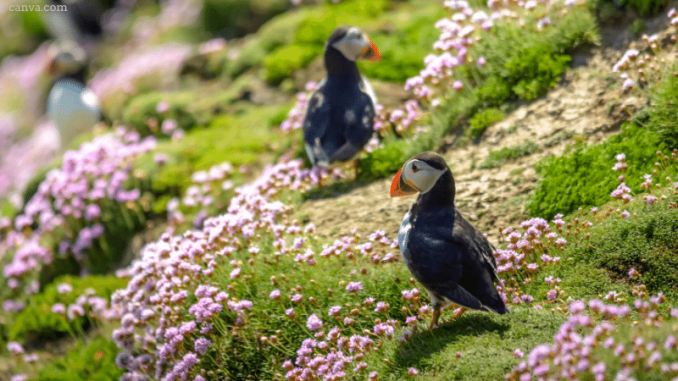
Ambitions versus reality
There is persuasive evidence to suggest that although Food Wise 2025 nominally recognises the crucial need for environmental sustainability, in reality, economic growth continues to take precedence.
The industry-led strategy has received strong criticism from the highest level of state organisations such as the Environmental Protection Agency (EPA) as well as critique from the Government of Ireland’s Department of Culture, Heritage and the Gaeltacht (DCHG).
The EPA states that Food Wise 2025 has not met the core objectives that ‘environmental protection and economic competitiveness are equal and complimentary’ and that ‘future food production systems must be as focused on managing and sustaining our natural resources as they are on increasing production’.
In fact the strategy has ‘delivered the intensification and growth in production that it promised but has not delivered the environmental protection objectives envisaged’. This critique is now stronger with the publishing of the EPA’s state of the environment report in 2020.
Food Wise 2025 claims that future agri-food policy must ‘continue’ to be based on policies that enhance the protection of public goods including biodiversity.
In Ireland’s 6th National Report to the Convention on Biological Diversity, DCHG also points to the likely incompatibility between Food Wise 2025 and the environmental objective of bringing pollution (including excess nutrients) to levels that are not detrimental to biodiversity and the functioning of ecosystems.
The report clearly states that positive trends in pollutant and nutrient loads in ecosystems ‘could be challenged by national objectives for the significant increase in agricultural production proposed in Food Wise 2025’. This observation is at odds with Food Wise 2025’s claims that future agri-food policy must ‘continue’ to be based on policies that enhance the protection of public goods including biodiversity.
Additionally, DCHG notes the ‘significant target increases in output, or output value under the [Food Wise 2025] strategy’ and that despite safeguards for biodiversity, carbon emissions and water quality in principle, ‘it is often unclear what [sic] how these will be applied at producer level’.
This is one factor which raises doubts over whether the greater policy attention being given to sustainability and biodiversity actually addresses the enduring decline in habitat and species populations, and threats posed to essential ecosystem services.
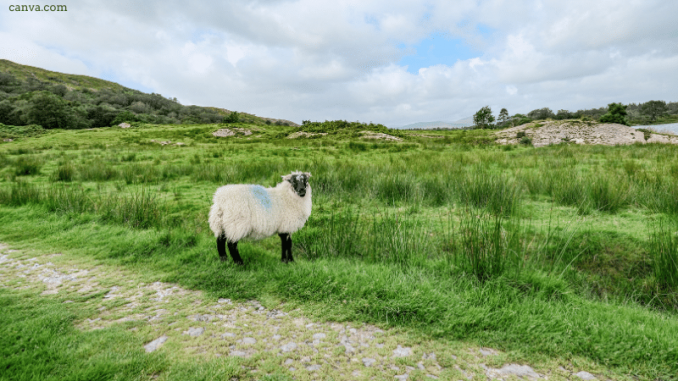
Limitations of CAP
Understanding the context in which Food Wise 2025 operates means recognising that ‘much of the real action in terms of incentives’ comes from a range of ongoing national programmes and public expenditure commitments.
The Common Agricultural Policy (CAP) shapes the agri-food landscape in Ireland. As emphasised in the Steps to Success progress reports, discussed in part 1, Food Wise 2025 relies on existing CAP measures to illustrate its purported environmental credentials: the RDP is described as ‘the main vehicle’ for delivering sustainable production in Ireland.
However, it must be noted that the European Court of Auditors found – in a study which included Ireland – that most CAP funding has little positive impact on biodiversity.
CAP | Billions Spent on Biodiversity with Little Impact – Auditors
Need for improved reporting
The Steps to Success progress reports for Food Wise 2025 do not provide comprehensive information on the impact of sustainability actions taken on foot of Food Wise 2025 on the receiving environment.
Throughout the Steps to Success series, although it is claimed that for 26% of sustainability actions targets are achieved and for 59% ‘substantial action is undertaken and ongoing’, it is not clear what impact these sustainability actions have had on the parts of the receiving environment identified in the SEA as likely to be affected by the Food Wise 2025 strategy.
The need for improved environmental sustainability metrics is recognised both in Food Wise 2025 and the yearly implementation reports. Poor data on the status of biodiversity in non-protected agricultural land creates a significant challenge in addressing negative impacts and developing solutions and this rings true in relation to other environmental areas where data is lacking.
However, notwithstanding these current limitations and the need for improved data, Steps to Success could include systematic reporting on environmental indicators for which good data already exists such as the condition of protected habitats and the ammonia emission levels.
The Strategic Environmental Objectives identified in the SEA process include the avoidance of impacts on designated sites, the protection of general biodiversity and the maintenance and improvement of air quality.
Among the indicators for these objectives are the condition of protected areas, the uptake of AES, the maintenance of area under permanent pasture and indicators from the EPA’s air quality monitoring programme, the Central Statistics Office and the Teagasc National Farm Survey. These indicators could also be operationalised in the Steps to Success progress reports to systematically review Food Wise 2025 with regard to environmental performance.
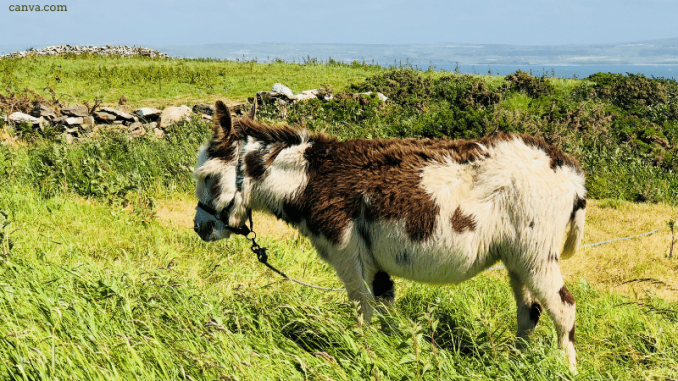
Conclusion
There is disjuncture between Food Wise 2025’s attestations of environmental sustainability and the critiques the EPA and DCHG have levelled at the strategy.
The Food Wise 2025 strategy promotes the purported sustainability of Ireland’s grass-based production yet on-going losses of calcareous grassland habitats – mainly associated with agricultural intensification and changes in agricultural practices – are driving the deterioration of lowland hay meadows.
Ireland’s performance in the preservation of protected grasslands points to further shortcomings to fulfil the ambition stated in Food Wise 2025 not just to meet obligations under environmental law, but to go above and beyond to achieve ‘higher standards to underscore its sustainability credentials’.
Since the inception of Food Wise 2025 there has not been an improvement in the conservation status of protected grassland habitats.
Edited by Louise Kelleher
More on Ireland
Walk Out – Environmental Pillar Rejects Irish State’s Agri Plan
Farm-2-Fork 2030: A Truly Green Farming, Food and Rural Vision for Ireland
Farming as its Ferment to be? Korean Natural Farming in Ireland
Rural Dialogues | Stochastic System Collapse Part 2 – the Social and Solidarity Economy Alternative



